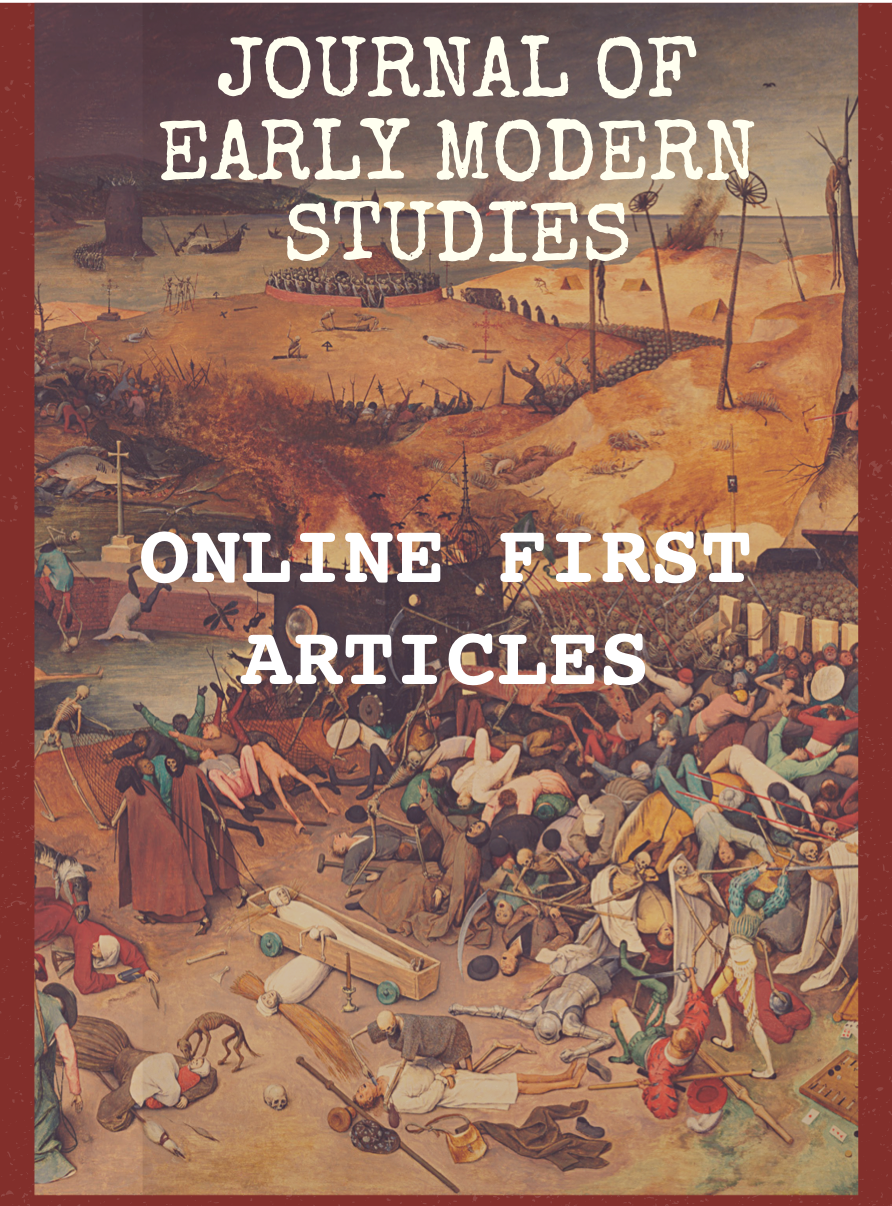Published 2022-12-13
Keywords
- Forensic Medicine,
- Milan,
- Mortality Registers,
- Postmortem Diagnosis,
- Renaissance Italy
How to Cite
Abstract
From the late fourteenth to the seventeenth century, many Italian cities and towns responded to recurrent plague by keeping municipal death registers. Different in content and character from the most celebrated form of early modern mortality records, the London Bills of Mortality, Italian authorities named, rather than counted, persons who died. This municipal practice illustrates the invention of secular death investigation systems in an era of recurring plague. Milan’s uniquely detailed civic death registers, 1452 to 1525, display the underlying forensic character of such record-keeping, rather than the public health context in which such records have long been understood. Diagnosing the cause and manner of death, the fundamental objective of forensic medical inquiries, exposed epistemological uncertainties that academic medicine largely avoided for the entirety of the early modern era. How could one be certain that a death was caused by a particular affliction? Our death investigation practices are now far more sophisticated, but in the current, tenacious SARS-CoV-2 pandemic, we still struggle to measure and record the human costs of crisis mortality.


